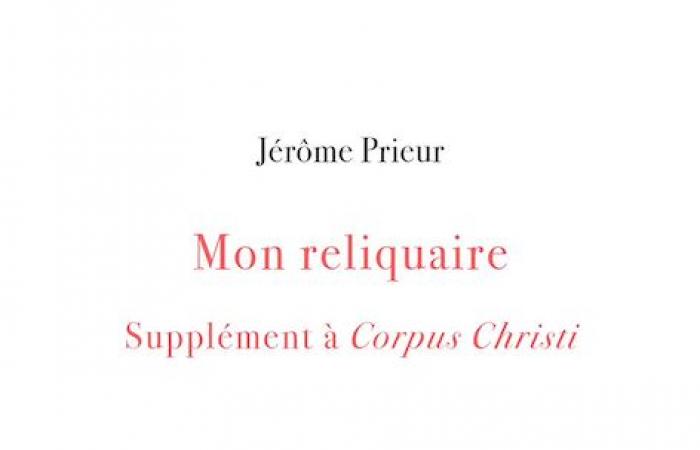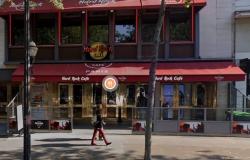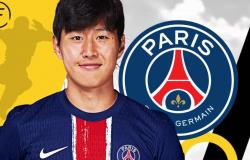Jérôme Prieur retraces in these pages the intellectual adventure that was his for twenty years. It completely changed his existence, marking his life, he says, “with a before and an after”. Inaugurated by the television series broadcast on until, Corpus Christithis adventure has as its theme the origins of Christianity through the study of the Gospel according to John. It constitutes what Jean Starobinski considered a challenge: the experience of reading purely literary of an evangelical text. If this reading, by its very exteriority, seems inadequate in the eyes of Catholics, it is because it is added to all the exegesis “which it ignores or pretends to ignore” and because, above all, it does not is not that of a believer. Consequently, the issue of My reliquary is significant: if it is about the relationship of texts to historical truth, it is then necessarily about the literary dimension of these so-called “sacred” texts.
There follow texts which precede, accompany, enlighten and explain this intellectual adventure. It talks about a visit to the poet and translator of the New Testament, Jean Grosjean; of the travel diary which tells, with enlightening anecdotes, behind the scenes of the filming of Corpus Christi ; a contradictory portrait of Jesus: is he a prophet, the Messiah or God?; of the Resurrection of Christ which is not told, one would not believe it, in any of the gospels; of the absurd shroud of Turin; from a letter addressed to Emmanuel Carrère after reading his book The Kingdomabout the early history of Christianity; of the truly fantastic character of the episode of Pentecost; of the Acts of the Apostles, for the author the most confusing book of the New Testament due to its undoubtedly fictional character; a reading of the book by Bruno Ballardini, Jesus washes whiter whose thesis is that Christianity invented marketing and that, since John Paul II, it has used the most modern techniques for its benefit; of a long portrait of Abbot Loisy (written with Gérard Mordillat), priest excommunicated in 1908 by Pope Pius The Gospel and the Church — a book which, by questioning the relationships that the texts have with history, ruins the main foundations of the Christian faith (in particular by pointing out the non-historical character of the Resurrection) — and for not having abjured any of it.
Enough to illustrate, as we will have understood, the formula of the historian Pierre Geoltrain: “The greatest success of Christianity is its literature. »
—
Jérôme Prieur is a writer and filmmaker.
He is the author of around twenty essays, a novel and numerous documentary films, exploring contemporary history and the history of religions, he has also produced numerous portraits of writers. In 2014, he received the documentary prize awarded by the French Association of Cinema and Television Critics.
Jérôme Prieur participated very early in various literary journals, including The Path Notebookset Obliquesthen kept the cinema chronicle of the NRF .
He has made around fifty films including, with Gérard Mordillat, Corpus Christi (1998), The Origin of Christianity (2003)L’Apocalypse (2008) ; et Léon-Paul Fargue, memories of a ghost (1996), Jean Paulhan, the gift of ubiquity (1998), René Char, nom de guerre, Alexandre (2006), Hélène Berr, a young girl in occupied Paris (according to the Journalby Hélène Berr (1942 – 1944).
On Robertson, magic lanterns and the different image animation processes before cinema, he directed the film in 2011 Long live the cinema .
He is the author of more than twenty books including Proust ghost (The cabinet of letters/Gallimard, 2001), Dark novel, essay on gothic literature (The Bookstore of the XXIe century/Threshold, 2006, Berlin, The Games of 36(The Library, 2017).






